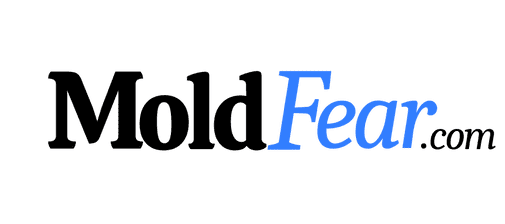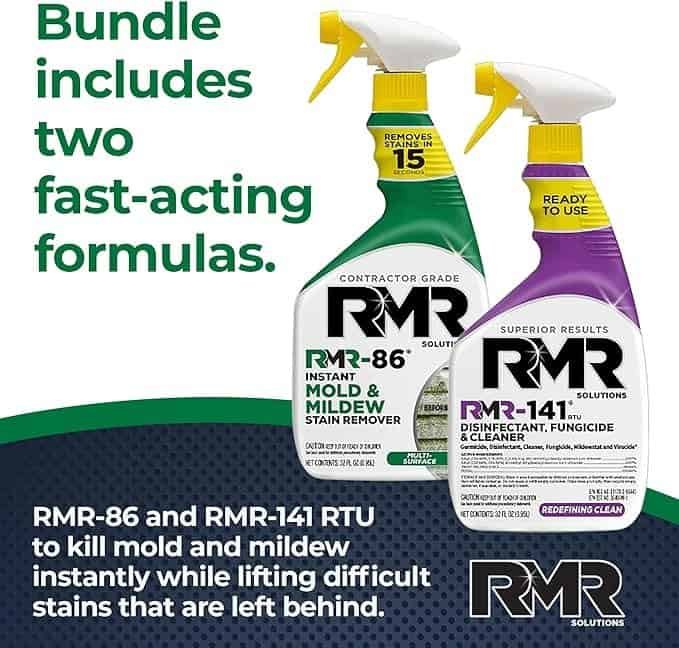As we continually strive to improve our standards of living and wellness, the construction industry has seen significant evolution in materials and techniques used to create healthier, more sustainable homes. One aspect that has been a perennial concern is mold formation. Not only does mold create aesthetic problems, but it also poses serious health risks, such as respiratory issues, allergies, and skin irritations. As such, constructing mold-resistant homes has become a pivotal aspect of modern construction. This article aims to shed light on the key materials and techniques used in constructing mold-resistant homes, the role of ventilation in preventing mold growth, and best practices for maintaining a mold-free home.
Understanding the Threat of Mold in Homes
Mold spores are microscopic fungi that thrive in damp, warm environments. When these environmental conditions are met in homes, mold growth can occur rapidly, causing potential damage to building materials and furnishings. The health risks associated with mold exposure are significant and include respiratory difficulties, allergies, and skin irritations. Long-term exposure to mold can have severe health implications, especially for children, the elderly, and those with compromised immune systems. Understanding the threat of mold is crucial in appreciating the importance of constructing mold-resistant homes.
Key Materials for Constructing Mold-Resistant Homes
The first line of defense against mold in homes is the use of mold-resistant materials. These include inorganic materials that do not support mold growth, such as metal, glass, and concrete. For areas prone to moisture, such as bathrooms and kitchens, mold-resistant gypsum board, also known as greenboard, is an excellent choice. Other mold-resistant materials include treated lumber, mold-inhibiting paint, and mold-resistant insulation. These materials contain additives that inhibit the growth of mold spores, providing an additional layer of protection against this pervasive threat.
Essential Techniques for Mold-Resistant Construction
In addition to using mold-resistant materials, certain construction techniques can drastically reduce the risk of mold growth. These techniques focus on reducing moisture levels within the home, as mold requires damp conditions to thrive. Such techniques include using vapor barriers in walls and ceilings, proper grading around the home to direct water away from the foundation, and installing a sump pump in the basement or crawl space to handle any water that does accumulate. Additionally, the roof should be designed to adequately shed water, and all windows and doors should be properly sealed to prevent water intrusion.
The Role of Ventilation in Preventing Mold Growth
Ventilation plays a crucial role in preventing mold growth. Proper ventilation ensures that excess moisture is expelled from the home, reducing humidity levels and thus creating an environment where mold spores cannot thrive. Exhaust fans should be installed in moisture-rich areas such as bathrooms, kitchens, and laundry rooms. Whole-house ventilation systems can also be an effective tool in maintaining adequate airflow and reducing overall indoor humidity.
Best Practices for Maintaining a Mold-Free Home
Even with the most rigorous construction techniques and materials, maintaining a mold-free home requires ongoing attention. Regular inspections for leaks and moisture accumulation are essential. Dehumidifiers can be used in damp areas to maintain a low humidity level. Additionally, cleaning practices can contribute to a mold-free environment, for example, by using mold-killing products in bathrooms and kitchens. Regular maintenance and awareness of potential problem areas are key to keeping a home mold-free.
Case Studies: Successful Mold-Resistant Home Constructions
There are numerous examples of successful mold-resistant home constructions that serve as models for future builds. For instance, the Breezy Point project in New York was designed with mold-resistant materials and techniques following Hurricane Sandy. Similarly, in Florida, a state known for its high humidity, construction companies have successfully built homes featuring mold-resistant materials, proper ventilation, and moisture control techniques. These case studies demonstrate that it is possible to construct homes that are resilient to mold growth, regardless of geographical location or climate conditions.
In conclusion, constructing a mold-resistant home is not just a construction preference but a health necessity. By understanding the threat that mold poses, implementing mold-resistant materials, employing essential construction techniques, ensuring proper ventilation, and adhering to best practices for maintenance, homeowners and builders can work together to create healthier, more sustainable living environments. As evidenced by successful case studies, these strategies are not only feasible but highly effective in combating the potential dangers of mold growth in homes. The commitment to mold-resistant construction is an investment in a cleaner, safer, and healthier future.














